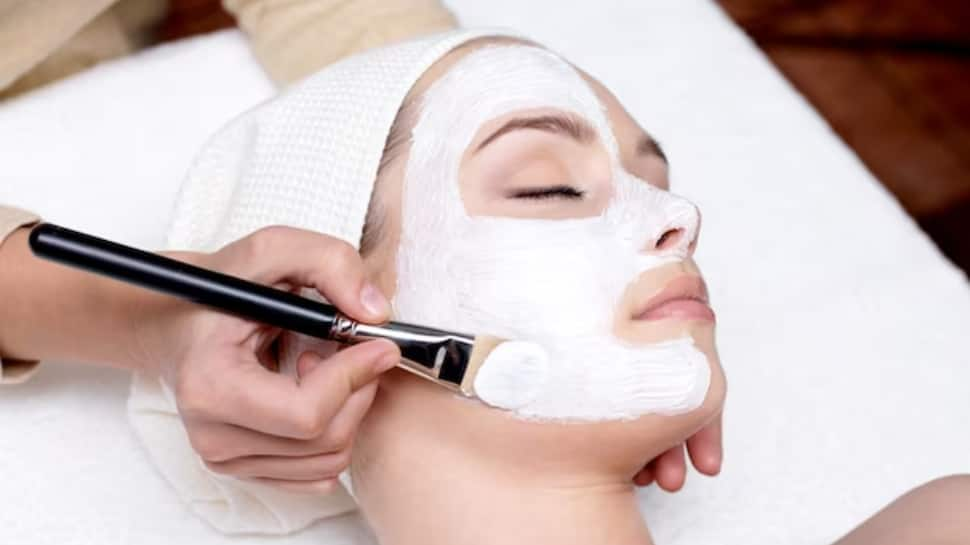Bleaching skin is a widely used beauty practice among women to brighten the look of skin and conceal imperfections. Before going to a party or just out for the weekend, getting bleaching done for your skin or hair is important for many individuals. Although you should know about the harmful side effects bleaching has on your skin.
What is bleaching?
To get a lighter complexion, bleaching is a popular cosmetic procedure. In addition to using it to lighten hair, some individuals also use it to cover up excessive facial hair. This chemical dyeing method removes colour from your hair.
Bleach is a harsh threat that destroys your hair proteins to eliminate colour, whether it is applied to your skin or your hair.
To lighten and even out the tone of your skin, you can bleach by applying chemicals like hydrogen peroxide to your skin. However, hydrogen peroxide may be highly damaging to your skin because of its acidic nature.
How does skin bleaching work?
The concentration or synthesis of melanin in the skin is decreased through skin whitening. Melanocytes are cells that create the pigment known as melanin. The majority of your genetic makeup determines how much melanin is in your skin.
There is more melanin in those with darker skin. The formation of melanin is also influenced by hormones, sunlight, and certain other chemical substances.
The quantity of melanocytes in your skin diminishes when you use a skin-bleaching chemical, such as hydroquinone. As a result, the skin may seem lighter and more uniform.
Side effects of bleaching skin
Mercury poisoning
There have been instances of hazardous levels of mercury in some skin-bleaching products manufactured outside of the US. Although it is illegal to use mercury in skin-lightening cosmetics in the United States, mercury is nonetheless used in skin-lightening goods from other nations.
Dermatitis
The use of skin-bleaching products and contact dermatitis have been connected in case studies and reports. This is skin irritation brought on by coming into touch with certain chemicals.
Exogenous ochronosis
A skin condition called exogenous ochronosis (EO)Trusted Source results in blue-black colouring. It typically happens as a side effect of long-term usage of hydroquinone-containing skin-bleaching products. It is more probable for people to get EO if they apply it to their entire body or big portions of their body.
Steroid acne
Steroid acne can be brought on by skin-bleaching products that include corticosteroids.
In addition to the chest, the back, arms, and other areas of the body can also develop steroid acne with prolonged corticosteroid usage.
(This article is meant for informational purposes only and must not be considered a substitute for advice provided by qualified professionals.)
















